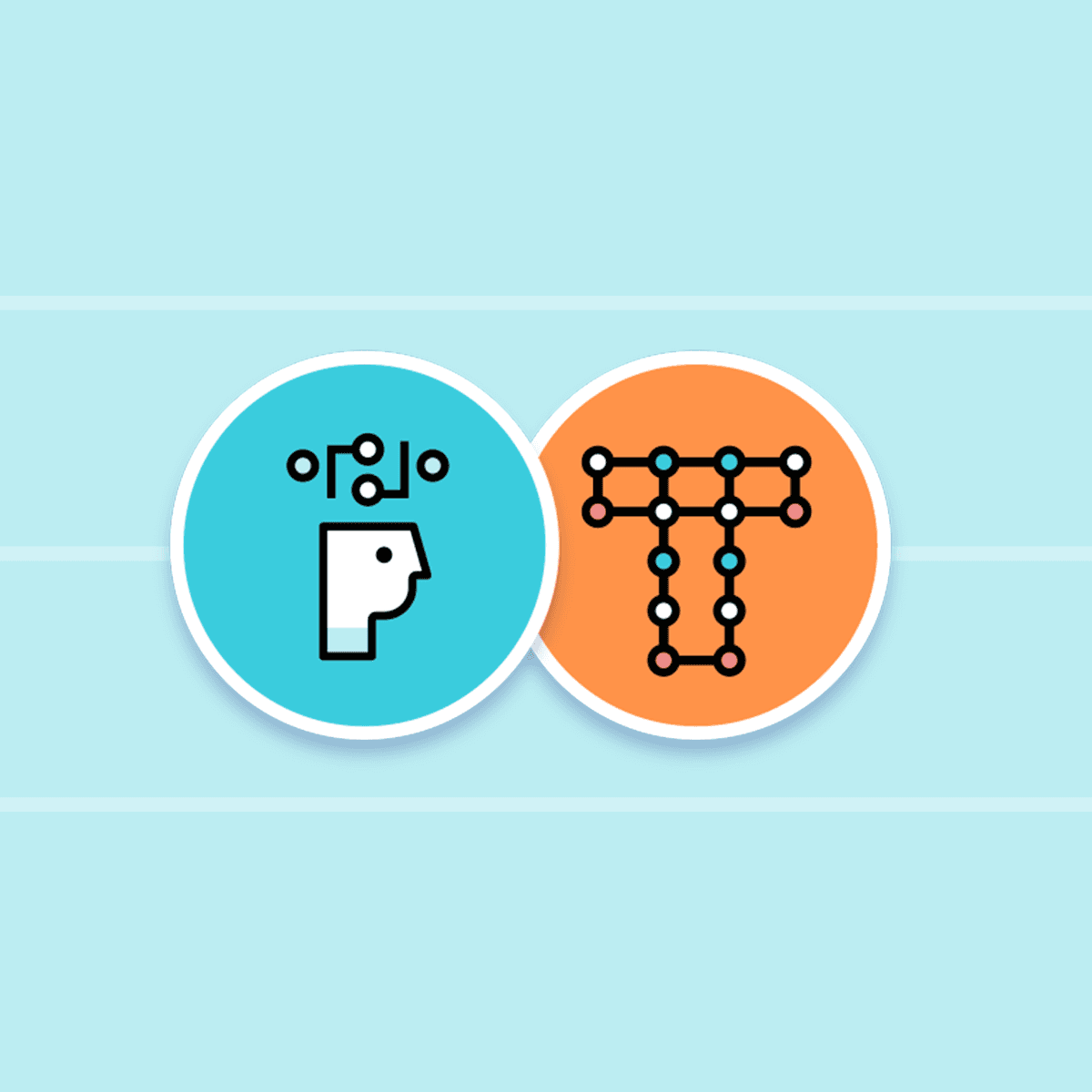How Braze Hires Product Managers
Published on July 09, 2019/Last edited on July 09, 2019/7 min read


Kevin Wang
Chief Product OfficerHiring is the lifeblood of a technology company. Software has relatively little overhead, making great people one of the most important assets to the business. Particularly when scaling, bringing the right staff into an organization is a critical task.
We’ve learned a lot over the years about hiring product managers at Braze. While our approach is hardly revolutionary, I think there is value in explicitly describing our process (and the reasoning behind it) so that other teams can observe or pull in elements they might find valuable.
Product Management at Braze
The role of product management varies widely from organization to organization, as the discipline straddles the grey-area where business meets technology. At Braze, our product management team is firmly a technical organization with the following mandate:
- Strategy: Ensure that the Braze product is on the path to maximizing long-term customer value.
- Building Products: Define and ensure that the company builds products efficiently.
- Organizational Excellence: Drive impact and communication throughout the company.
- Leadership: Be the authority on our product and take ownership in driving its growth and quality.
This purview is broad, and requires a diverse set of skills. We embed product managers in cross-functional teams alongside engineering, design, and other specialties such as data science. PMs also partner closely with functions such as support, customer success, marketing, sales, finance, and more. In a given day, a PM could find themselves evangelizing a product roadmap, interviewing a customer, sketching a feature, and mapping out a go-to-market plan with a partner company. We look for candidates who fit a “T-shaped” profile, with strong expertise in certain areas, and general competence across several different domains:
- Product sense: What makes a product great?
- Technology skills: How are products actually built?
- Design: What makes a product usable and intuitive?
- Business Strategy: How do you identify and capitalize on a business opportunity?
- Leadership: How do you motivate a team to build the right product?
- Marketing: How do you communicate a product’s value?
We also look for soft skills around written communication, account management (e.g. can you talk to a customer?), project management, and sales acumen.
Our Hiring Process
To help us assess such a broad array of traits, we wanted a system to evaluate a wide variety of skill sets with accuracy, at scale. We use the following hiring process for all external product management hires:
First, we conduct an initial hiring manager screen. This is largely a behavioral interview that touches upon the candidate's background and allows both sides to assess whether they feel there's a good fit. It’s largely used on our end to benchmark the depth of a candidate’s experience, particularly what products or features they’ve shipped in previous roles and the teams they’ve worked on. Once this screen is complete, we bring candidates onsite for a round of interviews.
For our onsite interview loop, each interviewer is tasked with answering 1–2 questions directly related to their specific role. Our standard interview loop consists of the following:
- The first product manager’s goal is to assess product sense, product execution ability, and leadership/communication skills. Can this person identify and lead a team to capitalize on product opportunities? These details are assessed via a case question.
- The second product manager shares the same goals as the first, but approaches them via a different line of inquiry. While our first interview assesses a candidate’s ability to harness past learnings and natural product aptitude to handle novel situations, the next dives into their experiences and how they’ve handled past scenarios.
- Engineering’s goal is to assess technical aptitude and ability to work well with engineering teams. Would this person be an effective partner to you as an engineer?
- Design’s goal is to assess design abilities and ability to work well with design teams. Would this person be an effective partner to you as a designer?
- Customer Success’ goal is to assess customer knowledge, aptitude for managing customer relationships, and ability to work well with customer-facing teams. Will this person be able to deeply understand our customers?
- Product Marketing’s goal is to assess market knowledge, ability to market and launch a product, and ability to work well with marketing teams. Will this person be able to communicate the value of our product?
Each interviewer is asked to assess only the questions listed above. We won't ignore any additional signal that interviewers find, but we explicitly aim to have each interviewer assess a narrow set of the candidate's traits. While I won't reveal them here, we are also very prescriptive in our instructions to interviewers—we provide sample questions and specific guidance for the different dimensions that we want them to assess. Afterwards, we discuss candidates' scorecards as a group, and the hiring manager makes the ultimate offer decision.
Takeaways
This system allows us to specialize—engineers can focus on assessing technical topics and the ability to brainstorm on technology problems, while marketers can focus on positioning and go-to-market instincts. All candidates bring a different set of strengths and weaknesses, and probing these attributes from many different angles allows us to assess them precisely, like isolating a particular muscle group at the gym. By entering an interview with the goal of answering only 1–2 key questions, interviewers have the time to use many lines of inquiry to pinpoint exactly where a candidate stacks up. Product management is so broad that it’s easy to miss important details and insights if you’re just looking for a generic “smart person who knows technology.”
This is also inherently a simple system for interviewers. Interviewers are already experts in the skill sets that they assess, and can evaluate candidates excellently within their respective domains. For example, an experienced engineer brings years of knowledge on “What Good Looks Like” when interacting with a product manager, and can harness that background to their benefit. Interviewers can leverage their greatest strengths in the interview process, which also allows us to put our best foot forward with candidates.
Including cross-functional team members in interview loops has one final advantage—it builds strong bonds across teams. An excellent working relationship between PM and Engineering or Design is critical to building a strong product, and getting everyone to pull in the same direction from the start helps to instill a team atmosphere. By getting other teams deeply invested in the interview process, we can establish buy-in and start things off on the right foot from before day one.
One sign that this system works is that we occasionally see polarized interview scorecards with a mix of “Strong Yes” and “Strong No” results. If everyone were assessing candidates through the same lens, we would expect to generally see a narrow spread of interview reports. When we see a mix of “Strong Yes” and “Strong No” scorecards, it indicates that the dimensions our interviewers are assessing have relatively little overlap.
Overall, in addition to giving us a strong signal, we believe that this interview loop offers candidates the best view into our organization. Product managers at Braze spend much of their time partnering across the organization, and the variety and camaraderie of working with other teams is one of the best parts of the role. And of course, if this sounds appealing to you, we're hiring!
Related Tags
Be Absolutely Engaging.™
Sign up for regular updates from Braze.
Related Content
View the Blog
The new inbox reality: How iOS changes are reshaping email marketing

Aparna Prasad

Experience optimization: Turning data insights into better journeys

Team Braze

December 2025 Bonfire Marketer of the Month: Jagex’s Emma Oliver
